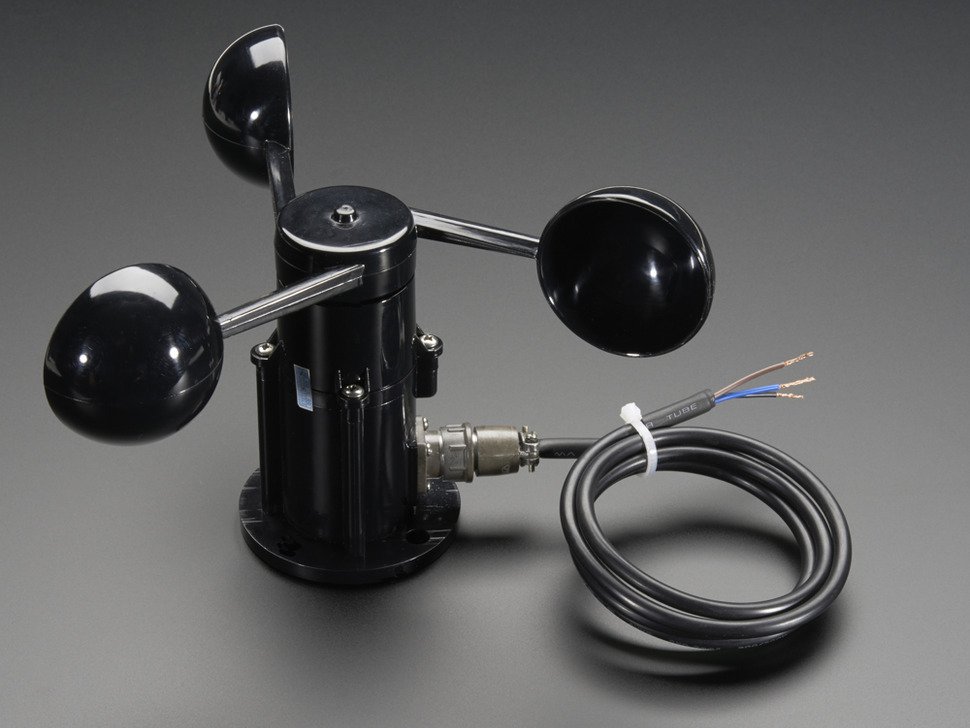Understanding Different Types of Anemometers for Various Applications
Understanding Different Types of Anemometers for Various Applications
Blog Article
All You Required to Know Regarding Anemometers: Exactly How They Work, Why They Issue, and Where to Make use of Them
Anemometers, however often overlooked in the world of clinical instruments, play an essential duty in numerous fields, supplying important understandings right into wind speed and air flow patterns. Understanding the auto mechanics behind these gadgets is essential for any individual seeking to harness the power of this data. From meteorologists tracking weather condition patterns to designers designing structures with wind loads in mind, the applications of anemometers are varied and far-reaching. As we look into the details of anemometer modern technology, we will discover the internal operations of these gadgets, their relevance, and the vital factors to consider when choosing the appropriate anemometer for specific applications.

Anemometer Basics
An essential instrument used to gauge wind rate and direction, the anemometer plays a critical duty in meteorology and various sectors. An anemometer generally consists of 3 or four cups that revolve in the wind, a vane that aims right into the wind, and sensors to track the turnings or motions. By determining the rotations or motions over a details time duration, the anemometer can identify wind speed. The vane helps establish wind instructions by aiming right into the wind, supplying important data for climate projecting, air travel, maritime procedures, ecological tracking, and wind energy applications.
There are various kinds of anemometers offered, consisting of cup anemometers, vane anemometers, hot-wire anemometers, and sonic anemometers, each with its one-of-a-kind features and applications. Cup anemometers are commonly utilized for standard wind speed dimensions, while vane anemometers are preferred for directional dimensions. Hot-wire anemometers appropriate for reduced airspeeds, and sonic anemometers are excellent for high-precision dimensions in research and industrial setups. Comprehending the fundamentals of anemometers is important for precise wind information collection and analysis across various markets.
Concepts of Anemometer Operation
Structure on the fundamental understanding of anemometer essentials, the concepts of anemometer procedure clarify the mechanics behind wind speed and direction measurements. Anemometers operate the concept of air movement influencing a sensing unit, causing it to rotate. Cup anemometers, for example, have three or more cups that catch the wind, causing them to spin faster as the wind speed boosts. The turning speed is then converted into a wind speed measurement. Vane anemometers, on the other hand, utilize a tail or a probe that aligns itself with the wind direction, supplying a dimension of wind instructions based on the positioning of the sensor. Hot-wire anemometers depend on a heated wire that cools off as wind passes over it, with the price of cooling determining the wind rate. Ultrasonic anemometers action wind rate and instructions by examining the moment it takes for ultrasonic signals to travel between transducers. Understanding these principles is vital for exact and trustworthy wind dimensions in different applications.
Value of Anemometers
Anemometers play an important duty in measuring wind rate and instructions, providing important data for weather condition projecting, Full Report environment researches, ecological surveillance, and aeronautics procedures. Meteorologists count on anemometers to collect precise wind data, assisting them understand weather patterns, forecast tornados, and concern prompt warnings to the public. Wind farm operators use anemometers to evaluate wind problems and make best use of electricity manufacturing from wind generators.
Applications Throughout Different Industries
Applications of anemometers cover across varied markets, showcasing their versatility and energy beyond weather forecasting. In the renewable resource sector, anemometers play an essential duty in analyzing wind conditions for wind ranch placements, ensuring optimum energy manufacturing. Industries like building and mining make use of anemometers to keep an eye on wind speeds, important for safety and security procedures, especially when operating at elevations or in open-pit mines where solid winds can present threats. Anemometers are additionally important in the aviation market, assisting pilots in comprehending airspeed and wind instructions for risk-free liftoffs and touchdowns. The maritime field advantages from anemometers for ship navigating, helping sailors anticipate weather condition changes and change courses accordingly. In farming, anemometers assist farmers in handling plant splashing by providing real-time information on wind speed to prevent drift. Anemometers locate applications in Heating and cooling systems to enhance air flow and boost energy efficiency in buildings. The varied use situations of anemometers emphasize their importance across numerous sectors, highlighting their important role in boosting operational safety and effectiveness (anemometer).

Choosing the Right Anemometer for Your Requirements
For basic objectives, a mug anemometer is appropriate for gauging wind rate, while a vane anemometer gives wind instructions information. Hot-wire anemometers are optimal for reduced airspeed dimensions, and ultrasonic anemometers use high accuracy and sturdiness.

Verdict
In final thought, anemometers play an essential duty in determining wind rate and direction across numerous sectors. It is crucial to consider the importance of anemometers in order to make enlightened choices when choosing the most ideal see this gadget for determining wind problems.
There are various types of anemometers readily available, including mug anemometers, vane anemometers, hot-wire anemometers, and sonic anemometers, each with its unique features and applications. Cup anemometers are typically made use of for standard wind rate dimensions, while vane anemometers are preferred for directional dimensions. Hot-wire anemometers are suitable for low airspeeds, and sonic anemometers are optimal for high-precision dimensions in research study and industrial setups.Building on the foundational understanding of anemometer basics, the concepts of anemometer operation illuminate the auto mechanics behind wind rate and direction dimensions. For basic objectives, a mug anemometer is ideal for measuring wind rate, while a vane anemometer gives wind instructions information.
Report this page